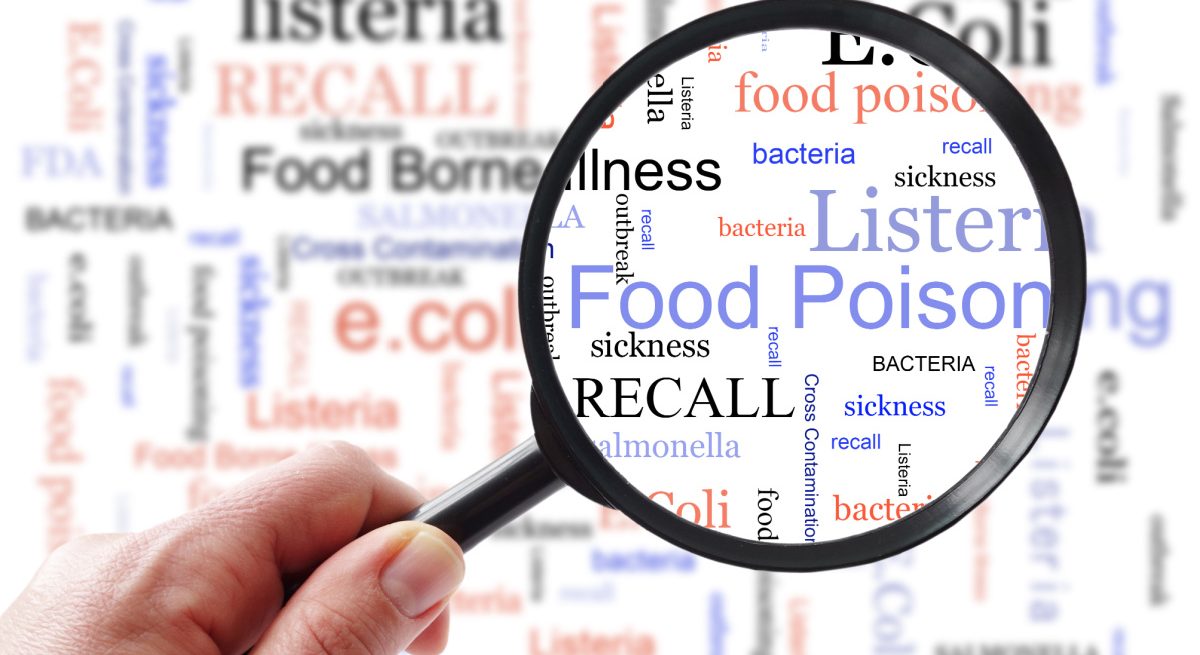National Food Safety Education Month: How to Mitigate Foodborne Illnesses
2 Min Read By Society Insurance
September is National Food Safety Education Month. This month, put food safety first and take steps to help prevent food poisoning from occurring. Data from the Food and Drug Administration (FDA) estimates that 48 million cases of foodborne illnesses occur annually, resulting in around 128,000 hospitalizations and 3,000 deaths. Learning the simple rules of safe conduct when meal prepping can save your establishment from the negative fallout that can occur if a patron gets sick.
Food contamination is a very serious and even potentially life threatening issue, which is why it is crucial for proprietors to be prepared for any possible foodborne illness incidents. In honor of National Food Safety Education Month, Society Insurance is offering preventive tips to help eliminate food-related illnesses from occurring in the food service industry.
The effort to prevent foodborne illness ultimately comes down to two important areas: cleanliness and temperature.
Cleanliness
It’s common knowledge that you must wash your hands before handling food. Your hands and surfaces around you can hold thousands of germs that can make the food that you are preparing unsafe and unsanitary. With the risk of cross-contamination, it is imperative that you always wash your hands and surfaces thoroughly for at least 20 seconds with soap and warm water as well as clean and sanitize food-contact surfaces immediately before and after they are used. In addition, how you clean and sanitize food-contact surfaces is also important. First, scrape or remove any existing food bits from the surface, then wash and rinse the surface, sanitize, and allow the surface to dry completely.
When it comes to handling food, it is critical to separate your raw and cooked items. For example, germs from raw meat can easily spread to cooked meat. It is strongly suggested to use different plates for raw meat, poultry, or seafood, and cooked meat, poultry, or seafood. Ensuring that your operation practices increased cleanliness will ultimately aid in eliminating exposure to foodborne bacteria.
Temperature
With any sort of food preparation, temperature is another critical element to consider. Certain foods are only safe to eat after they have been cooked fully to a temperature that will kill any existing harmful bacteria. Color and texture are unreliable indicators of safety therefore it is strongly recommended to use a reliable Safe Minimum Cooking Temperatures chart and a food thermometer. Germs can multiply rapidly at room temperature and for that reason you should never thaw food at room temperature. Instead, you should thaw food safely by putting it in the refrigerator, microwave or cold water. Always be sure to refrigerate perishable foods within two hours or else dangerous bacteria could grow. Close attention to temperature at all points when handling food is key to avoid any bacteria from forming.
While preventing foodborne illness is an ongoing battle, you can go a long way in the fight by always keeping temperature and cleanliness top of mind. Be aware of the symptoms of food poisoning and do not hesitate to contact medical attention if needed. Take this month to really understand the importance of Food Safety and the negative impact that not following these simple guidelines could have on your business.
This information is provided as a convenience for informational purposes only. This information does not constitute legal or professional advice. It is provided to assist you in recognizing potential unsafe work problems or conditions and not to establish compliance with any law, rule or regulation.


